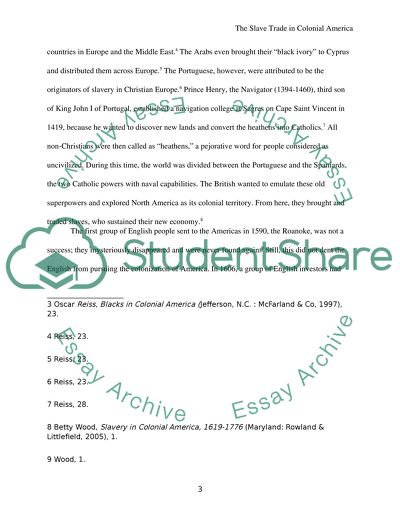Cite this document
(“The Slave Trade in Colonial America Research Paper”, n.d.)
Retrieved from https://studentshare.org/history/1425870-the-slave-trade-in-colonial-america
Retrieved from https://studentshare.org/history/1425870-the-slave-trade-in-colonial-america
(The Slave Trade in Colonial America Research Paper)
https://studentshare.org/history/1425870-the-slave-trade-in-colonial-america.
https://studentshare.org/history/1425870-the-slave-trade-in-colonial-america.
“The Slave Trade in Colonial America Research Paper”, n.d. https://studentshare.org/history/1425870-the-slave-trade-in-colonial-america.


